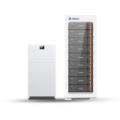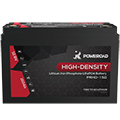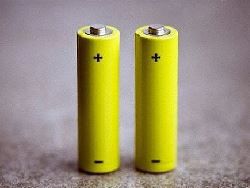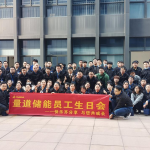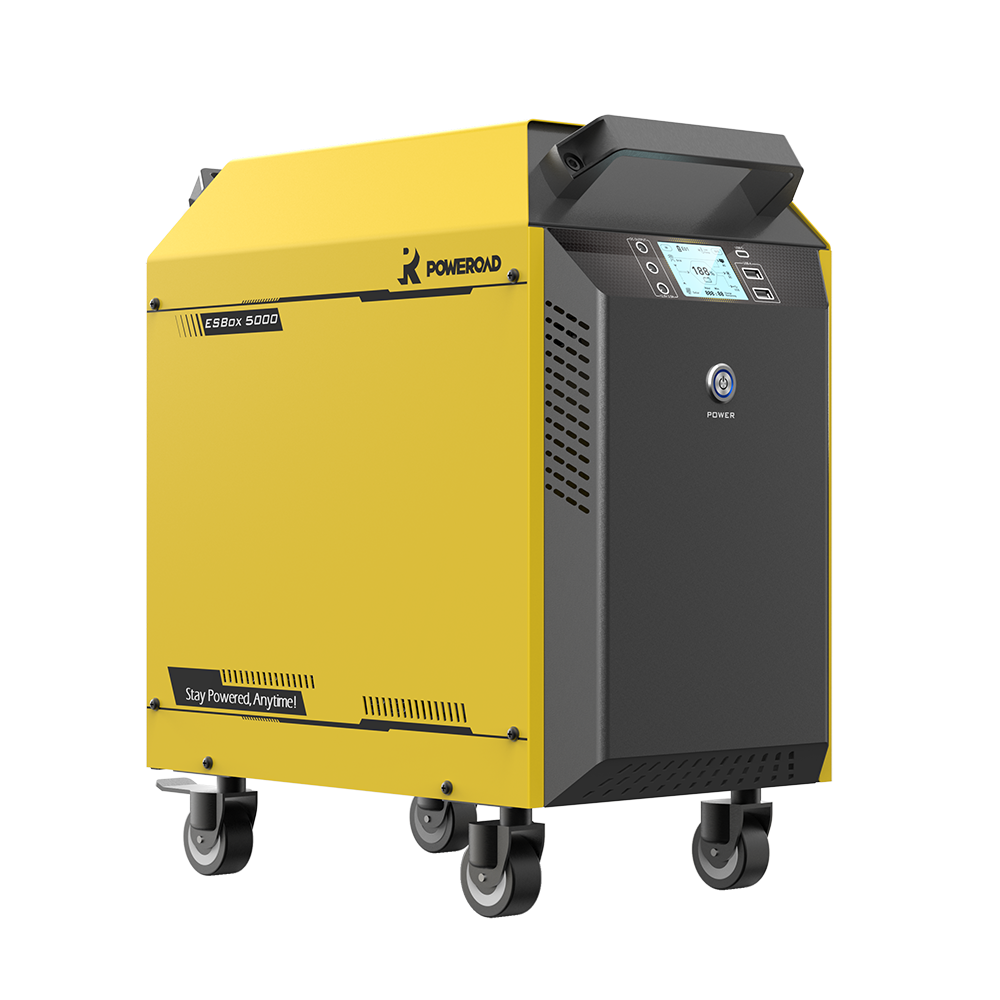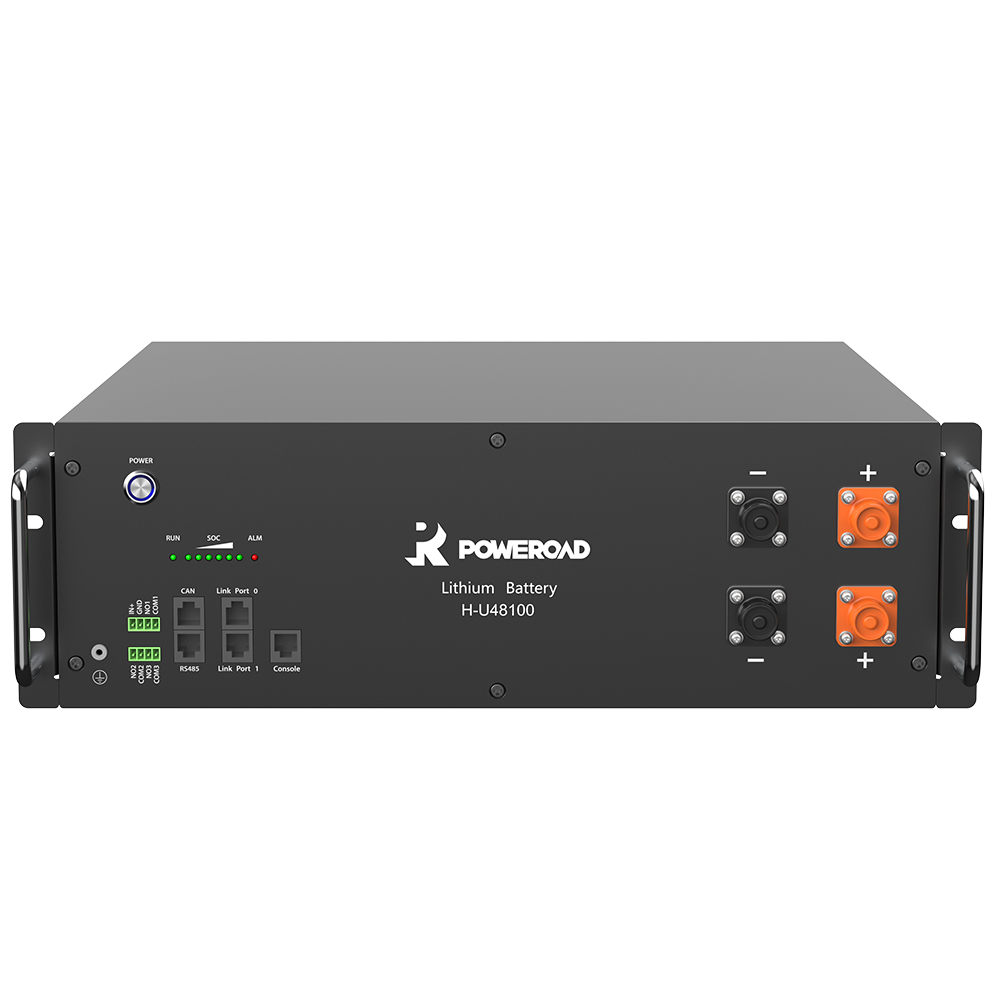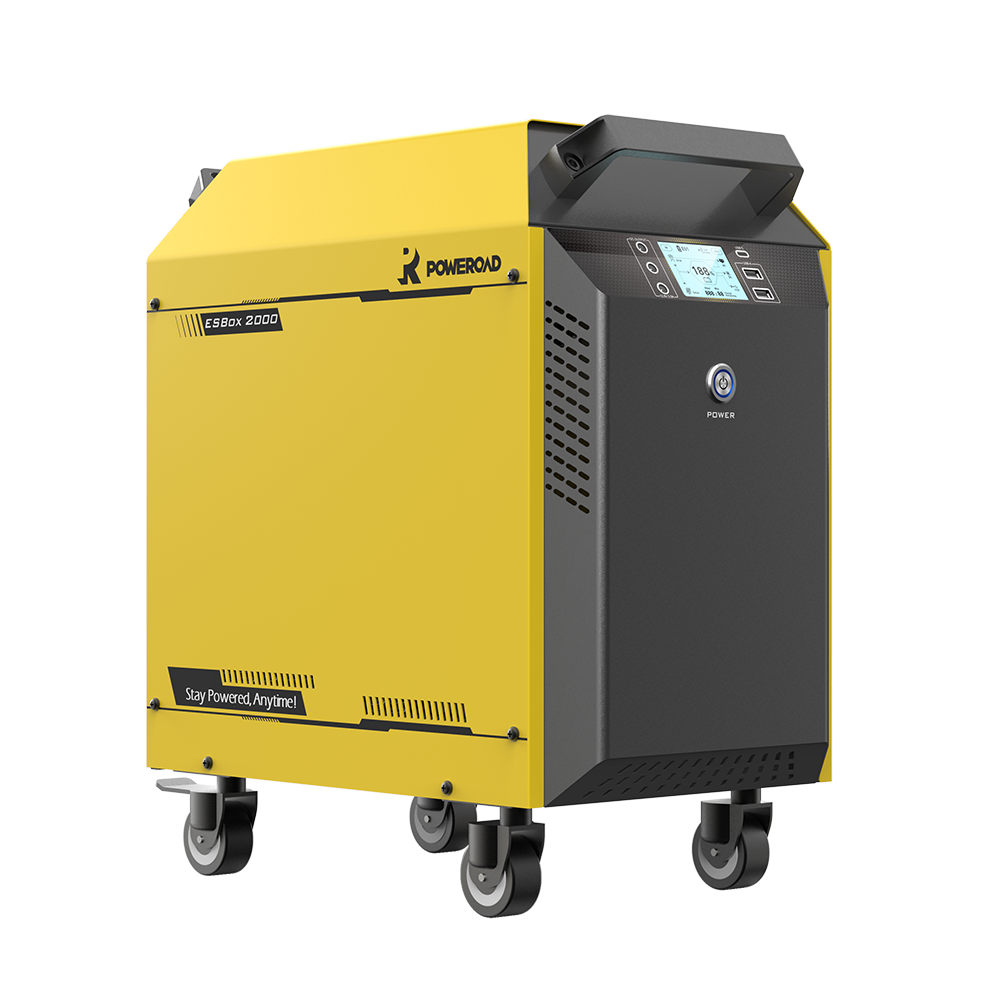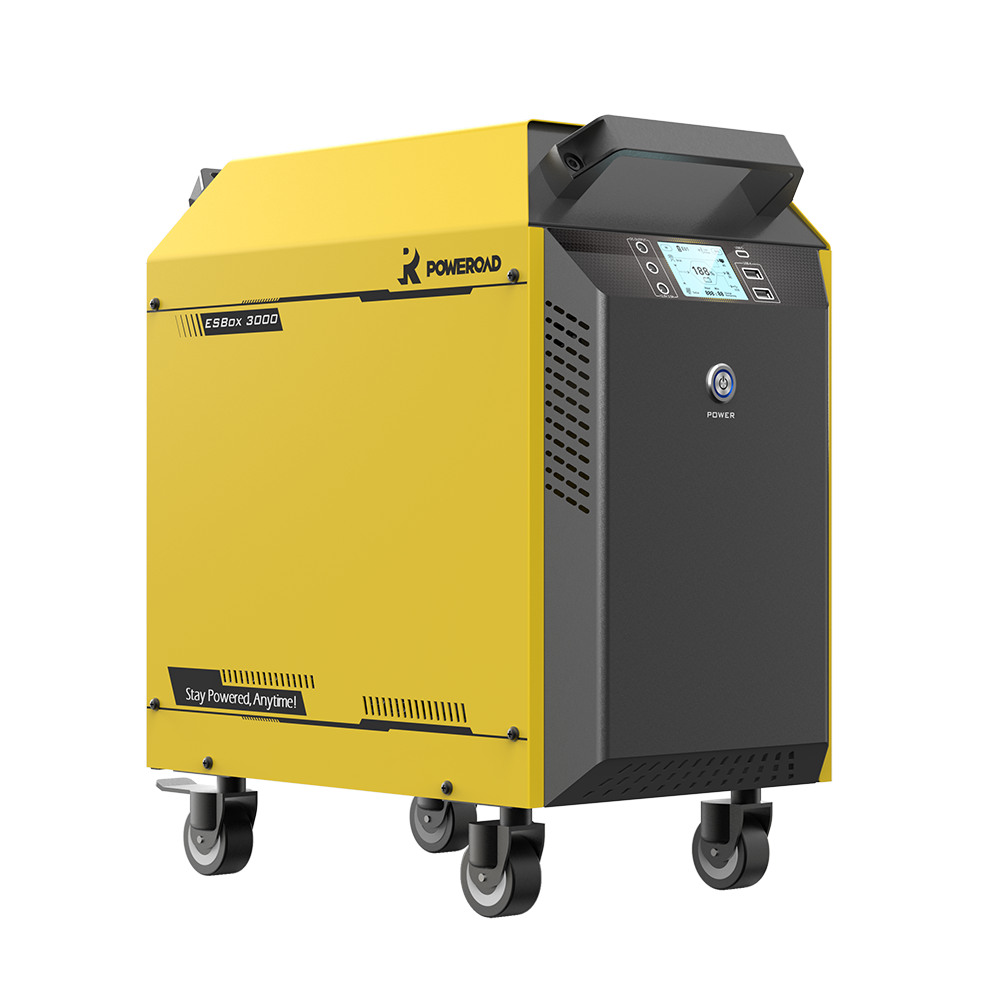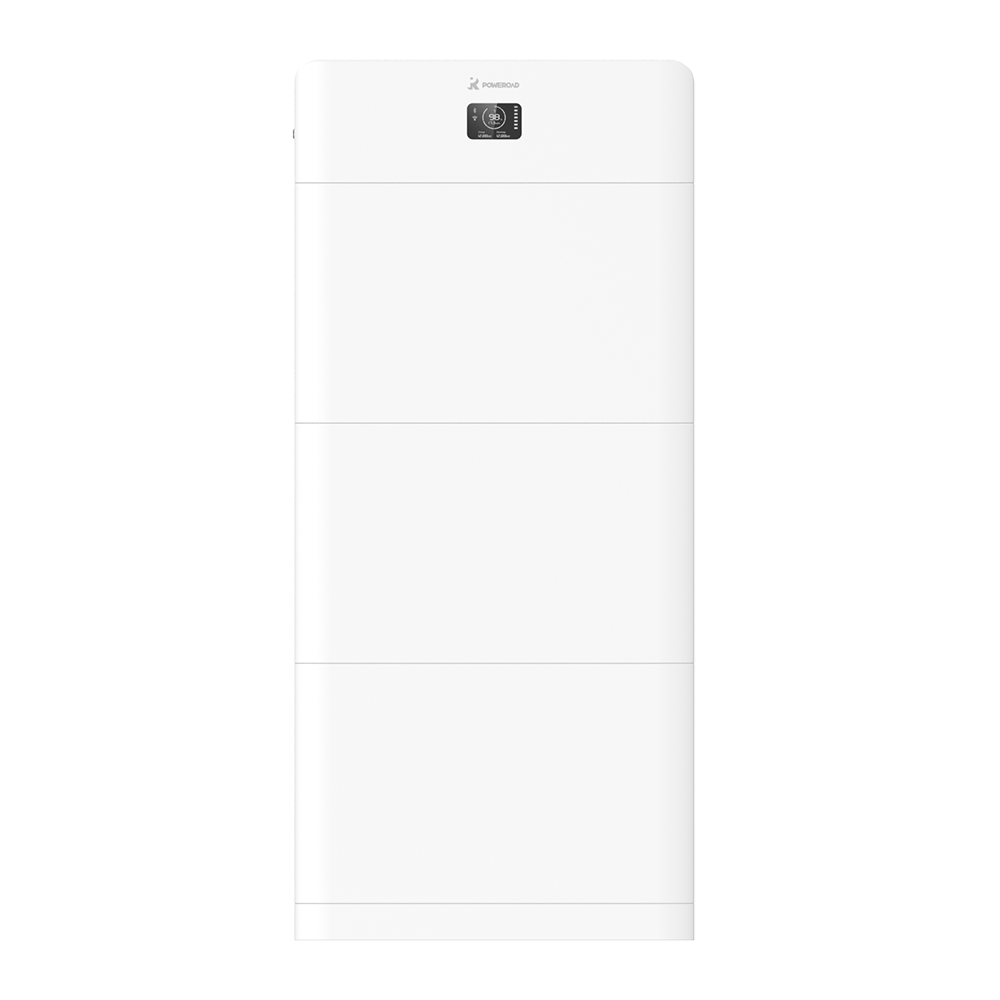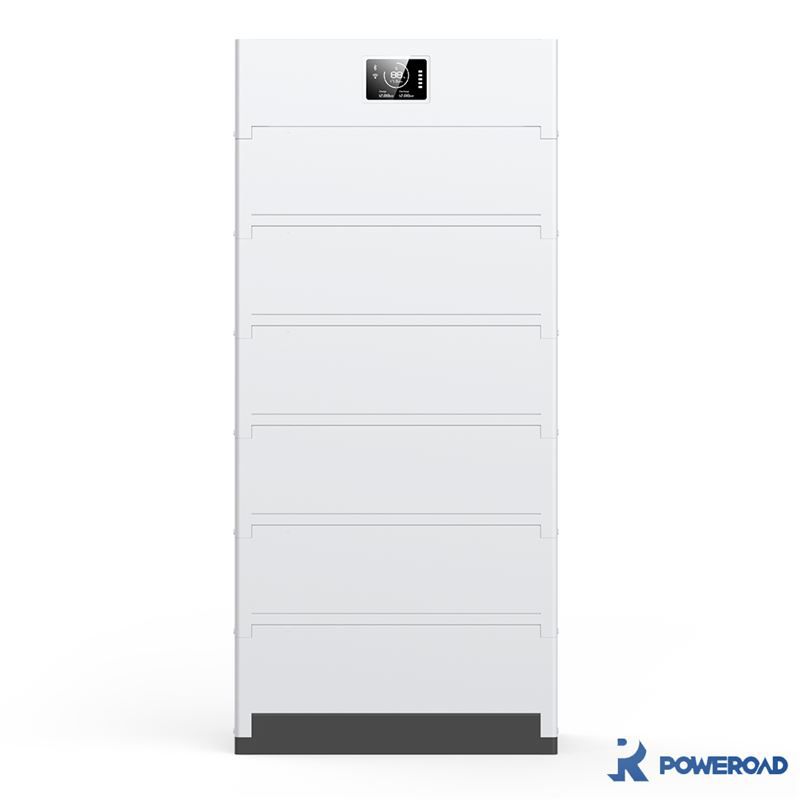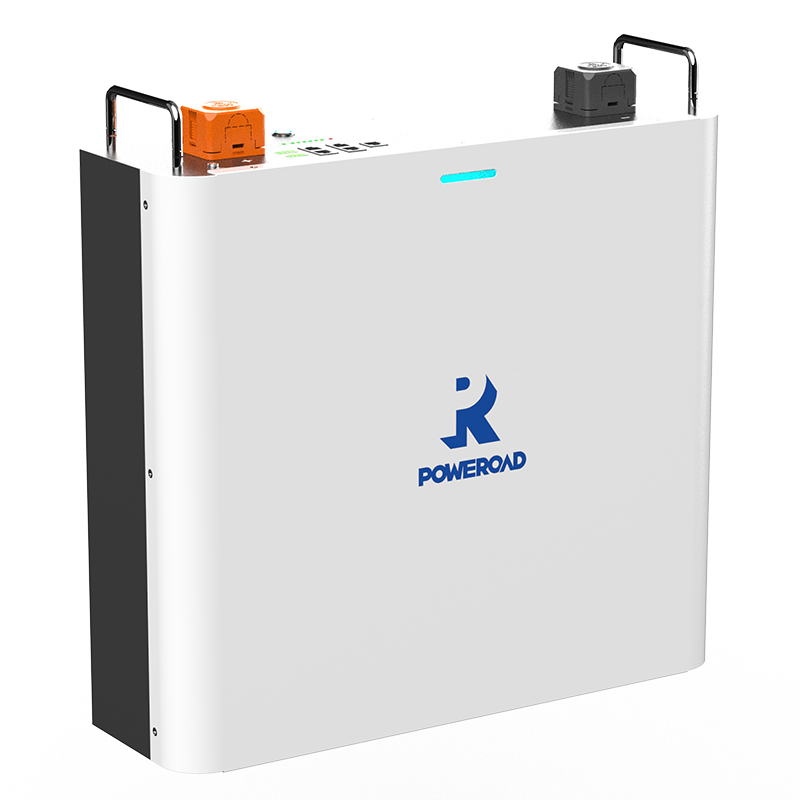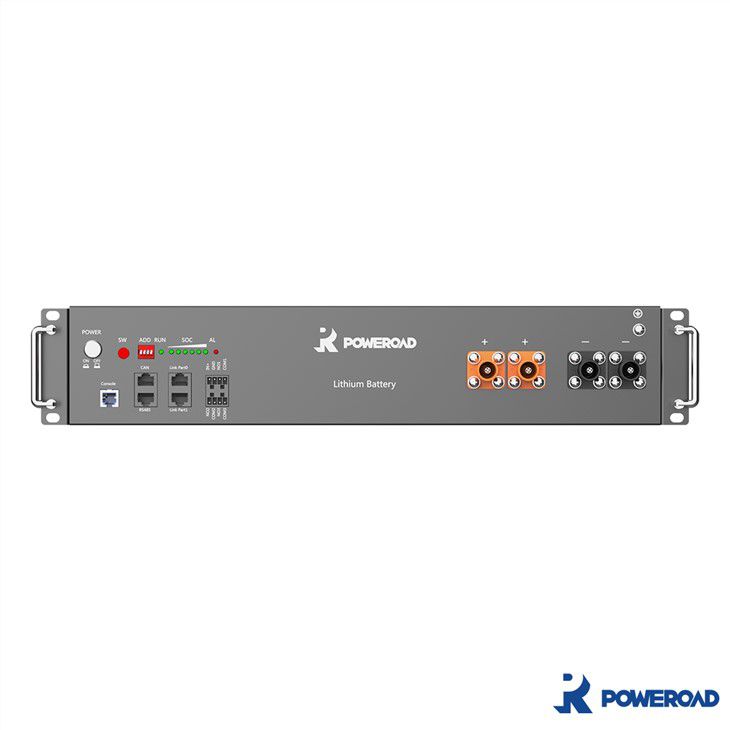Capacity
The capacity of the battery is under certain discharge conditions, which is represented by the symbol C. The common unit is ampere hour, abbreviated as Ah or mAh. The capacity of battery can be divided into theoretical capacity, rated capacity and actual capacity.
The theoretical capacity is the highest theoretical value obtained by calculating the mass of active substance according to Faraday's law. In order to compare different series of batteries, the concept of specific capacity is commonly used, that is, the theoretical capacity per unit volume or unit mass of battery, like Ah/kg (mAh/g) or Ah/L (mAh/cm3).
The actual capacity refers to the power output of the battery under certain conditions. It is equal to the discharge current multiplying by discharge time, and its value is less than the theoretical capacity.
The rated capacity is also called guaranteed capacity, which is the minimum capacity that the battery should discharge under certain discharge conditions according to the standards issued by the state or relevant departments.
Internal resistance
The resistance is called the internal resistance of the battery. The internal resistance of the battery is not a constant, but changes with time during the discharge process, because the composition of active substances, electrolyte concentration and temperature are constantly changing. The internal resistance of battery includes OHMIC resistance and polarization resistance. The polarization internal resistance includes electrochemical polarization and concentration polarization. The existence of internal resistance makes the terminal voltage of the battery is lower than the EMF and open circuit voltage when discharging, while the terminal voltage is higher than the EMF and open circuit voltage when charging. The OHMIC resistance obeys Ohm's law; the polarization resistance increases linearly with the increase of the logarithm of the current density, but not linearly.
Load capacity
When the positive and negative terminals of the battery are connected to the load, the output power to drive the load is the load capacity of the battery.
Internal pressure
The internal pressure refers to the internal air pressure of the battery, which is caused by the gas generated during the charging and discharging process of the sealed battery. It is mainly affected by the battery material, manufacturing process, battery structure and other factors. The main reason is the gas generated and accumulate by the decomposition of the water in the battery and organic solution in the battery.

